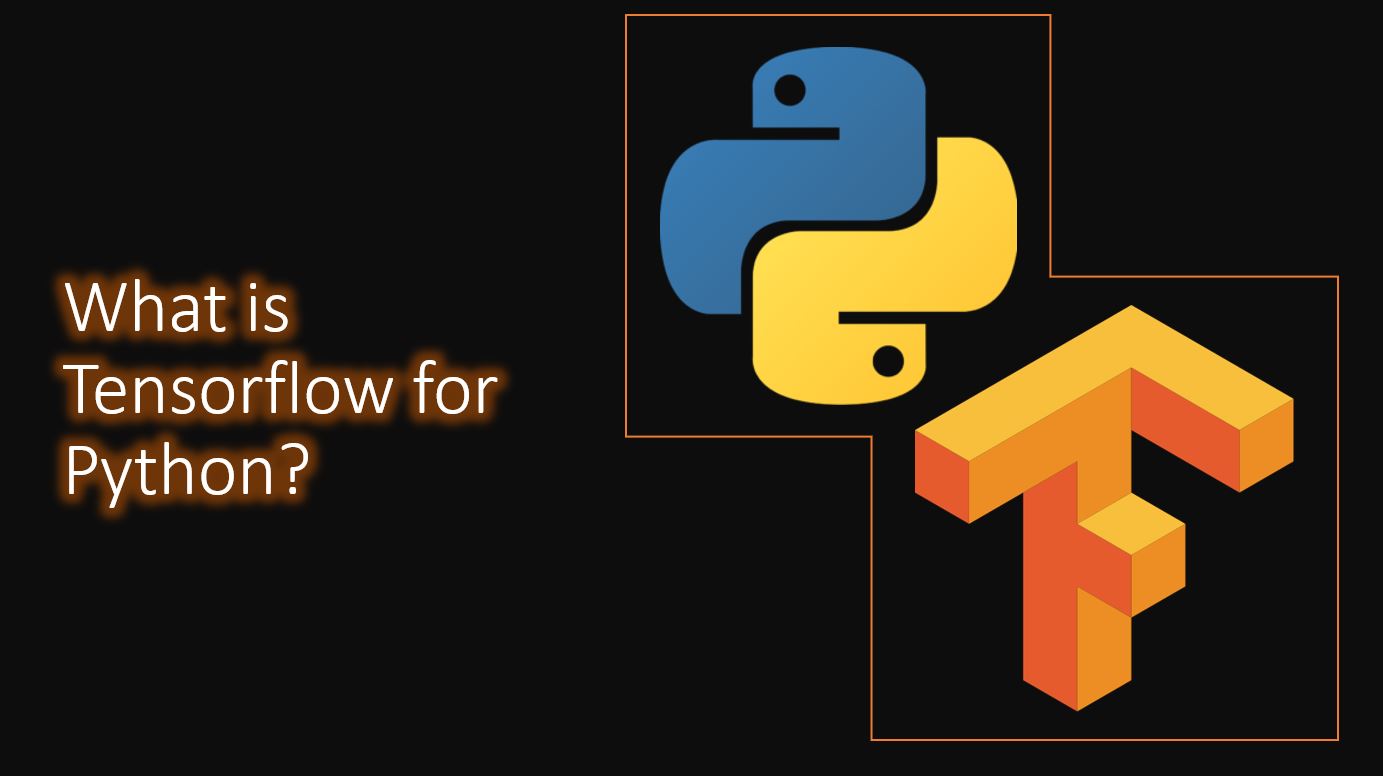All AI and ML engineers use some or the other kind of programming languages to work on. These programming languages can be any like Python, Scala, R, C++, etc. and to work using these programming languages they either need to know the in-depth knowledge of coding from scratch or should have specific libraries that make their life easy. One such type of programming language that uses Object-Oriented Programming and thus allows code reusability and several libraries in Python. Being the most preferred language by all the Data Scientists out there this language has proven to be a true friend when it comes to solving Machine Learning and Deep Learning problems.
Tensorflow Python’s library: The reason for the success of Python out there is because it has many libraries and a huge community that contributes their knowledge in building this programming much simpler every day. One such powerful and largely used by data scientists is Tensorflow. This library is related to carry out all Machine Learning and Deep Learning related work. The base concept that it uses to run these things in Neural Networks.
Yes, this is the way our brain works by responding to stimulus and this is the concept behind the working of Tensorflow. This library was developed by Google for its internal purpose but was made open source because they found out that it can help the Data Science community to a great extent in solving their problems. The released date for this API is November 9 2015 and was licensed under the Apache License 2.0. Read more: 5 Most common programming languages used in AI (Artificial Intelligence)
Some of the interesting works and features of Python’s Tensorflow library are given below:
- It integrates well with Python: This library integrates very well with the Python language and provides all the features that it contains to be used by Python developers.
- Helps in building Neural Networks from scratch: Yes it is possible to code your very own Neural Network from scratch with the help of Tensorflow and allows users to understand the basics that how we should construct our model.
- Available in different versions: This library has upgraded itself by the passage of time and now there are many versions of Tensorflow available in the market. The different versions of Tensorflow are Tensorflow 1.15, 1.14, 1.13, 1.12, 1.11, 1.10, 1.9, 1.8, 1.7, 1.6, 1.5, 1.4, 1.3, 1.2, 1.1, 1.0, Tensorflow 2.3, 2.2, 2.1, 2.0, Tensorflow Lite for mobile and many more. For more knowledge, you can go to the official website of Tensorflow Tensorflow.org.
- Integrates with high-level APIs to help to build NN very easily: As mentioned earlier that with the help of Tensorflow we can code from scratch and build our Neural Net but there is also a provision for those who find it difficult to code from the beginning and also find it boring to use Tensorflow with high-level APIs that are built on top of Tensorflow. This API is known as Keras and finds a huge application out there. With this library in hand, one does not have to worry about the inside mechanism of how the Neural Net is working. He/she just needs to write a few lines of code and the work will be done. This library integrates with Tensorflow version 2 and not with the lower versions that is Tensorflow 1.
- Provides Data Scientists to work on different kinds of Data: With Tensorflow there is a huge diversity of data to work on and therefore helps Data Scientists to work on Images, textual, sound, video-related data.
- Supports Transfer Learning: This library is used by many researchers to make benchmark models that can be used by any Data Scientist out there. This type of transferring of one model to be used by another to create their model is known as Transfer Learning and Tensorflow is capable of supporting the same. Some of the Transfer Learning models are ResNet, VGG, etc.
- Well integrates with other Machine Learning models: This library well integrates with other Machine Learning Libraries like Scikit Learn and Pytorch (Humming Bird) and makes it easier for Data Scientists to work in a mixed way to make their codes easy and robust.
- Helps in easy deployment: There is a feature in Tensorflow known as Tensorflow serving that allows users to deploy their work in the cloud and show it to the Data Science community. This is good for those who want to get connected to different people and get fame and recognition for their work.
- Helps in Building Mobile Applications for Android and ios: With the help of Tensorflow Lite, we can develop mobile applications as well that works on the concept of Machine Learning and Deep Learning and then can be deployed to Google Playstore.
There are many more features that can be performed with the help of Tensorflow and for further details, you can go to the official website and can also follow different tutorials from various sources like Udemy, DataCamp, Intellipat, Coursera, etc.
Conclusion
If you want to learn the concepts of Neural Networks and want to play with them by inculcating them into your programs then you should go with this amazing library that will make your life easy. Also if you have the requisite skills then you can show your talent to everyone with the help of this library feature. And yes, you can contribute to the development of this API by providing necessary codes that can enhance the working of Tensorflow.

Related Posts
AirGo Vision- Solos’ Smart Glasses with AI Integration from ChatGPT, Gemini, and Claude
Rise of deepfake technology. How is it impacting society?
OpenAI’s Critic GPT- The New Standard for GPT- 4 Evaluation and Improvement
Claude 3.5 Takes the Lead- Why It’s Better Than GPT-4
Smartphone Apps Get Smarter- Meta AI’s Integration Across Popular Platforms
Free PDF Analysis Made Easy with ChatGPT